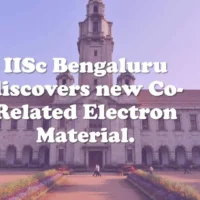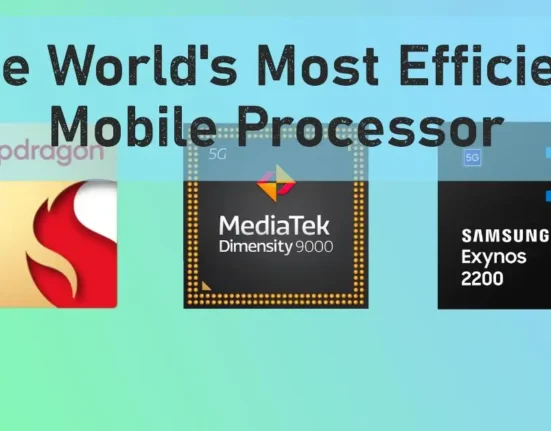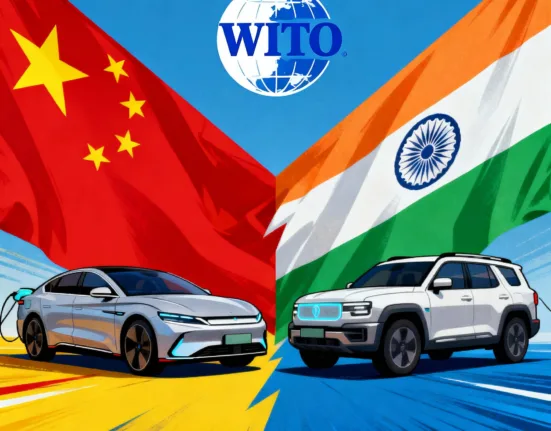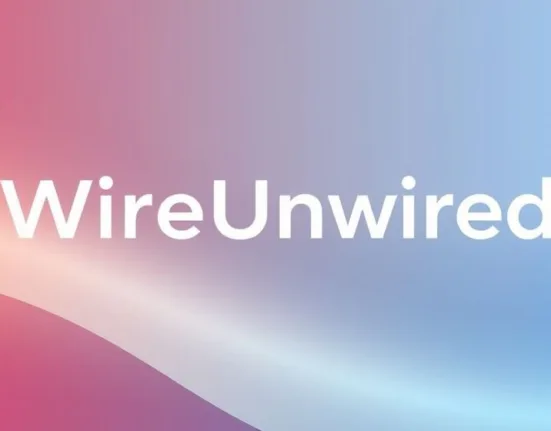China Takes India to WTO Over Electric Vehicle Subsidies, Sparking Major Trade Dispute
- by Abhinav Kumar
- 18 October 2025
- 2 minutes read
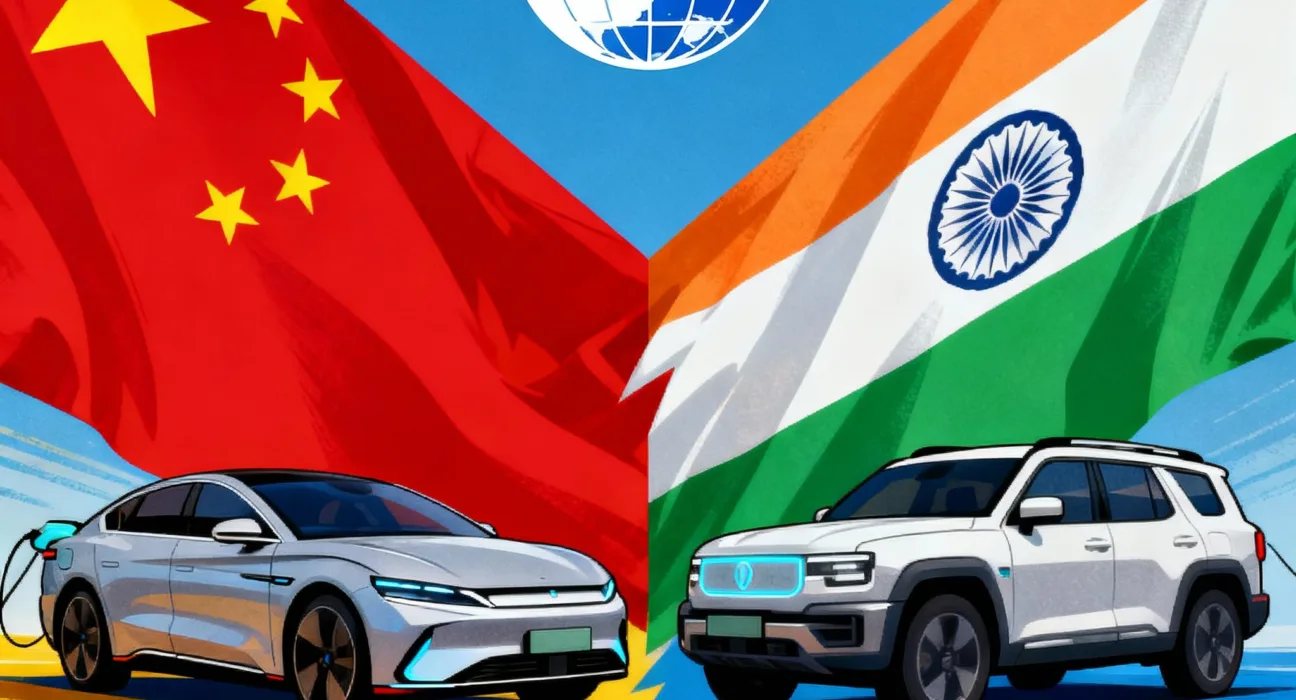
- China files WTO complaint alleging India’s EV subsidies unfairly disadvantage foreign automakers and breach global trade rules.
- India’s EV incentive schemes offer subsidies up to 46% of some vehicle prices, far exceeding those in China, the US, or EU.
- The dispute highlights intensifying competition over green tech supply chains and shifting trade dynamics in Asia.
China’s WTO Challenge Targets India’s Electric Vehicle Subsidies
On October 16, 2025, Chinese authorities escalated trade tensions by formally filing a World Trade Organization (WTO) complaint against India, targeting New Delhi’s sweeping electric vehicle (EV) and battery subsidy programs. The move directly challenges India’s aggressive push to support domestic EV manufacturing through high-profile schemes such as FAME-II, the Scheme for Manufacturing of Electric Cars (SMEC), and the proposed National Critical Mineral Stockpile (NCMS). According to Beijing, these policies violate WTO rules by unfairly favoring Indian producers and restricting foreign—especially Chinese—automakers’ access to the rapidly expanding Indian market.
Allegations: Violations of WTO Principles and Market Distortion
China’s complaint zeroes in on two alleged breaches: the WTO’s national treatment principle, which requires equal treatment for foreign and domestic firms, and the prohibition on import substitution subsidies, which are designed to replace imports with locally produced goods. Chinese officials argue that India’s production-linked incentive (PLI) scheme, alongside other direct and indirect subsidies, gives Indian EV makers a decisive edge. Notably, India’s support is among the world’s most generous—totaling as much as 46% of the sticker price for popular models like the Tata Nexon, according to industry figures. In comparison, similar subsidies are 10% in China, 16% in Korea, 20% in Germany, and 26% in the US and Japan.
Despite these robust incentives, EVs still account for just 2% of India’s vehicle market, far below global averages.
Backdrop: Overcapacity in China and Strategic Competition
The timing of China’s WTO action coincides with a period of domestic overcapacity and slowing sales for Chinese EV makers. Leading firms such as BYD are aggressively seeking new export markets, and India’s vast consumer base is a prime target. By challenging India’s subsidy regime, Beijing aims to level the playing field and open the door for its automakers, while also sending a signal to other countries experimenting with green tech industrial policy.
Indian Response and Broader Trade Implications
Indian officials have responded by stating they will examine China’s submissions and approach the matter in accordance with WTO procedures. Commerce secretary Rajesh Agrawal emphasized that China has filed similar complaints against other countries—including Turkey, Canada, and the EU—over comparable green technology incentives. Indian media and policy analysts are framing the move as both a reaction to India’s rising EV ambitions and as part of the broader contest for leadership in global clean technology supply chains. Early commentary in Indian outlets highlights skepticism about China’s motives, with some pointing to Beijing’s own extensive history of EV subsidies and market interventions.
What Happens Next?
As per WTO procedures, India and China now have 30 days to negotiate and resolve the dispute through consultations. If no agreement is reached, the case could escalate to a full WTO dispute panel—potentially setting a precedent for future trade battles over green industrial policy.
This dispute underscores mounting friction in the global race for EV and battery dominance, with Asia’s two largest economies vying for influence over the future of sustainable mobility and supply chains.
Discover more from WireUnwired Research
Subscribe to get the latest posts sent to your email.



